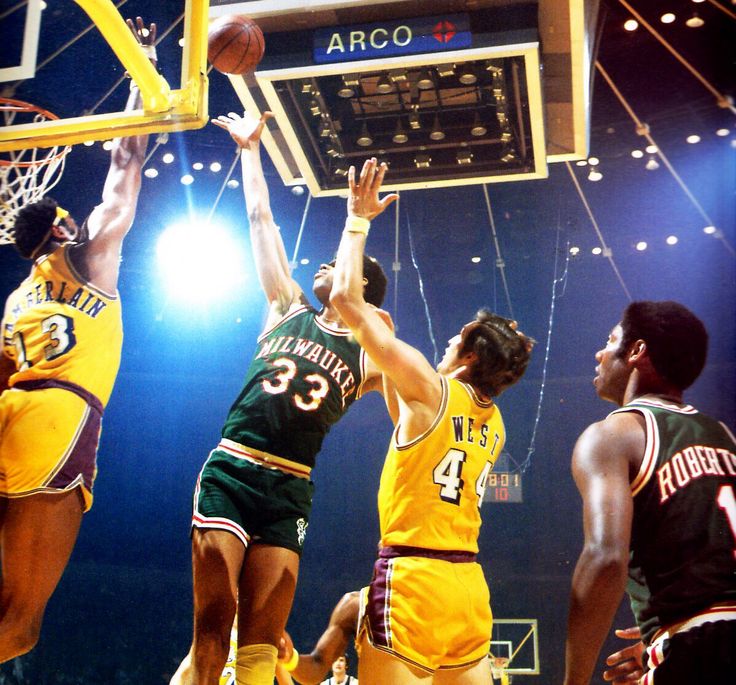Home »
Misc »
The history of basketball and how it started
The history of basketball and how it started
Here's the history of basketball—from peach baskets in Springfield to global phenomenon
James Naismith, a Canadian American physical educator and innovator, invented the game of basketball in Springfield, Massachusetts in 1891 to keep his students active during the winter. The game was an immediate success and the original American sport spread instantly to other colleges and YMCAs. Naismith is pictured here with his wife Maude Evelyn Sherman Naismith.
Photograph via Agefotostock / Alamy Stock Photo
Please be respectful of copyright. Unauthorized use is prohibited.
The nets used by athletes to dunk the ball and score points in the beloved game of basketball evolved from peaches, or rather the baskets used to collect peaches.
That’s what a young athletic director ultimately used on a cold day back in 1891 for a new game he created to keep his students engaged.
James Naismith was a 31-year old graduate student teaching physical education at the International YMCA Training School, now known as Springfield College, in Springfield, Massachusetts when students were forced to stay indoors for days due to a New England storm.![]() The usual winter athletic activities were marching, calisthenics, and apparatus work but they weren’t nearly as thrilling as football or lacrosse which were played during the warmer seasons.
The usual winter athletic activities were marching, calisthenics, and apparatus work but they weren’t nearly as thrilling as football or lacrosse which were played during the warmer seasons.
James Naismith, the creator of basketball, stands with the 1899 University of Kansas basketball team.
Photography via Florida Historical 1A / Alamy Stock Photo
Please be respectful of copyright. Unauthorized use is prohibited.
Naismith wanted to create a game that would be simple to understand but complex enough to be interesting. The game had to be playable indoors, and it had to accommodate several players at once. The game also needed to provide plenty of exercise for the students, yet without the physicality of football, soccer, or rugby since those would threaten more severe injuries if played in a confined space. (See 100 years of football in pictures.)
Naismith approached the school janitor, hoping he could find two square boxes to use for goals. When the janitor came back from his search, he had two peach baskets instead. Naismith nailed the peach baskets to the lower rail of the gymnasium balcony, one on each side. The height of that lower balcony rail happened to be 10 feet. The students would play on teams to try to get the ball into their team’s basket. A person was stationed at each end of the balcony to retrieve the ball from the basket and put it back into play.
When the janitor came back from his search, he had two peach baskets instead. Naismith nailed the peach baskets to the lower rail of the gymnasium balcony, one on each side. The height of that lower balcony rail happened to be 10 feet. The students would play on teams to try to get the ball into their team’s basket. A person was stationed at each end of the balcony to retrieve the ball from the basket and put it back into play.
The first game ever played between students was a complete brawl.
Two boys stand on the first basketball court in the gymnasium of the School for Christian Workers, Springfield, Massachusetts, 1900s.
Photograph via. Hulton Archive/Getty Images
Please be respectful of copyright. Unauthorized use is prohibited.
“The boys began tackling, kicking and punching in the crunches, they ended up in a free for all in the middle of the gym floor before I could pull them apart,” Naismith said during a January 1939 radio program on WOR in New York City called We the People, his only known recording. “One boy was knocked out. Several of them had black eyes and one had a dislocated shoulder.” Naismith said. “After that first match, I was afraid they'd kill each other, but they kept nagging me to let them play again so I made up some more rules.”
“One boy was knocked out. Several of them had black eyes and one had a dislocated shoulder.” Naismith said. “After that first match, I was afraid they'd kill each other, but they kept nagging me to let them play again so I made up some more rules.”
The humble beginnings of the only professional sport to originate in the United States laid the foundation for today’s multi-billion-dollar business. The current National Collegiate Athletic Association (NCAA) March Madness college basketball tournament includes the best 68 of more than 1,000 college teams, stadiums that seat tens of thousands of spectators and lucrative television contracts.
Details of the original 1891 copy of the rules of "Basket Ball" are presented at Sotheby's auction house December 3, 2010 in New York City. The two-page document sold for $4.3 million.
Photograph by Chris Hondros, Getty Images
Please be respectful of copyright. Unauthorized use is prohibited.
Original rules of the game
Naismith didn’t create all of the rules at once, but continued to modify them into what are now known as the original 13 rules.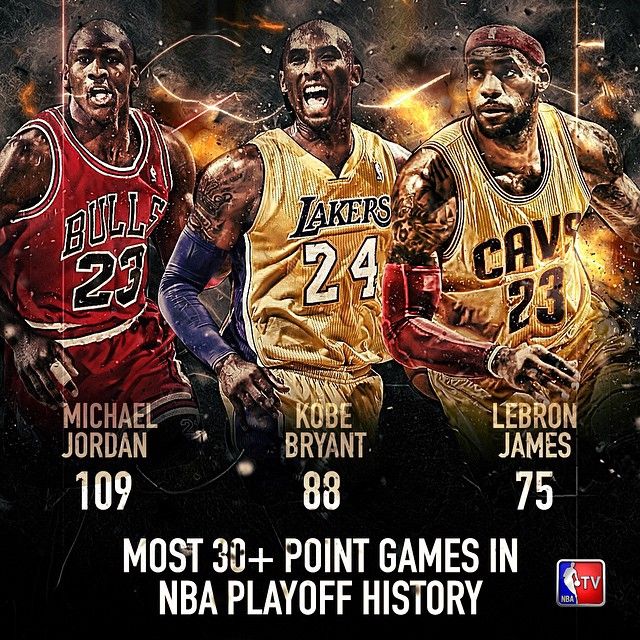 Some are still part of the modern game today. Naismith’s original rules of the game sold at auction in 2010 for $4.3 million.
Some are still part of the modern game today. Naismith’s original rules of the game sold at auction in 2010 for $4.3 million.
In the original rules: The ball could be thrown in any direction with one or both hands, never a fist. A player could not run with the ball but had to throw it from the spot where it was caught. Players were not allowed to push, trip or strike their opponents. The first infringement was considered a foul. A second foul would disqualify a player until the next goal was made. But if there was evidence that a player intended to injure an opponent, the player would be disqualified for the whole game.
Umpires served as judges for the game, made note of fouls and had the power to disqualify players. They decided when the ball was in bounds, to which side it belonged, and managed the time. Umpires decided when a goal had been made and kept track of the goals.
If a team made three consecutive fouls, the opposing team would be allowed a goal.
A goal was made when the ball was thrown or batted from the grounds into the basket and stayed there.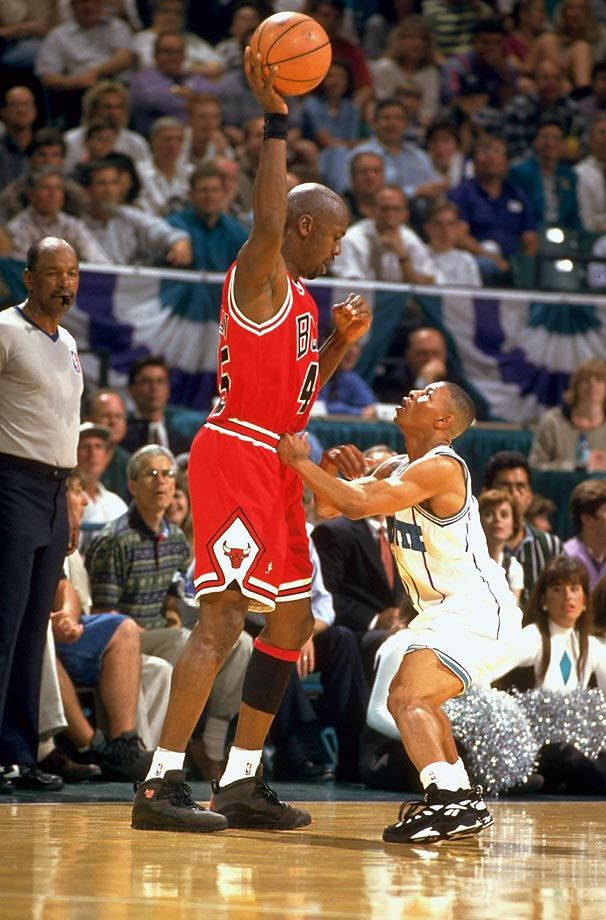 If the ball rested on the edges, and the opponent moved the basket, it would count as a goal. When the ball went out of bounds, it was thrown into the field of play by the person first touching it. The person throwing the ball was allowed five seconds; if he held it longer, the ball would go to the opponent. In case of a dispute, an umpire would throw the ball straight into the field. If any side persisted in delaying the game, the umpire would call a foul on that side.
If the ball rested on the edges, and the opponent moved the basket, it would count as a goal. When the ball went out of bounds, it was thrown into the field of play by the person first touching it. The person throwing the ball was allowed five seconds; if he held it longer, the ball would go to the opponent. In case of a dispute, an umpire would throw the ball straight into the field. If any side persisted in delaying the game, the umpire would call a foul on that side.
The length of a game was two 15-minute halves, with five minutes' rest between. The team making the most goals within the allotted time was declared the winner. If a game was tied, it could be continued until another goal was made.
Please be respectful of copyright. Unauthorized use is prohibited.
Please be respectful of copyright. Unauthorized use is prohibited.
Left: University of Kansas women's basketball team members Marcella Morewitz, left, and Grace Endicott get expert coaching from Dr.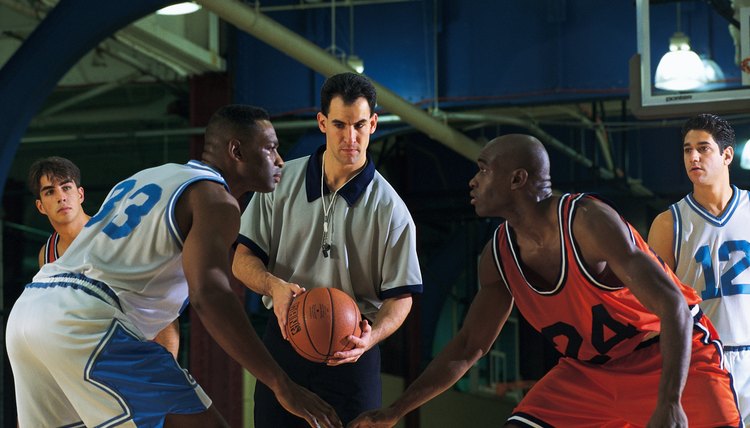 James Naismith, a member of the university's faculty and inventor of basketball, in 1926.
James Naismith, a member of the university's faculty and inventor of basketball, in 1926.
Photograph by George Rinhart, Corbis/Getty Images
Right: Olivia Nelson-Ododa (#20) of the University of Connecticut Huskies goes up for a basket against Digna Strautmane (#45) of the Syracuse Orange during the second round of the 2021 NCAA Women’s Basketball Tournament at the Alamodome on March 23, 2021 in San Antonio, Texas. UCONN won the game and advanced to the Sweet 16. The Huskies have won more NCAA championships than any other women's basketball team in the nation. They cut down the nets, an honor for the winning team, in 1995, 2000, 2002, 2003, 2004, 2009, 2010, 2013, 2014, 2015, 2016.
Photograph by Carmen Mandato, Getty Images
First public gamesThe first public game of basketball was played in a YMCA gymnasium and was recorded by the Springfield Republican on March 12th, 1892.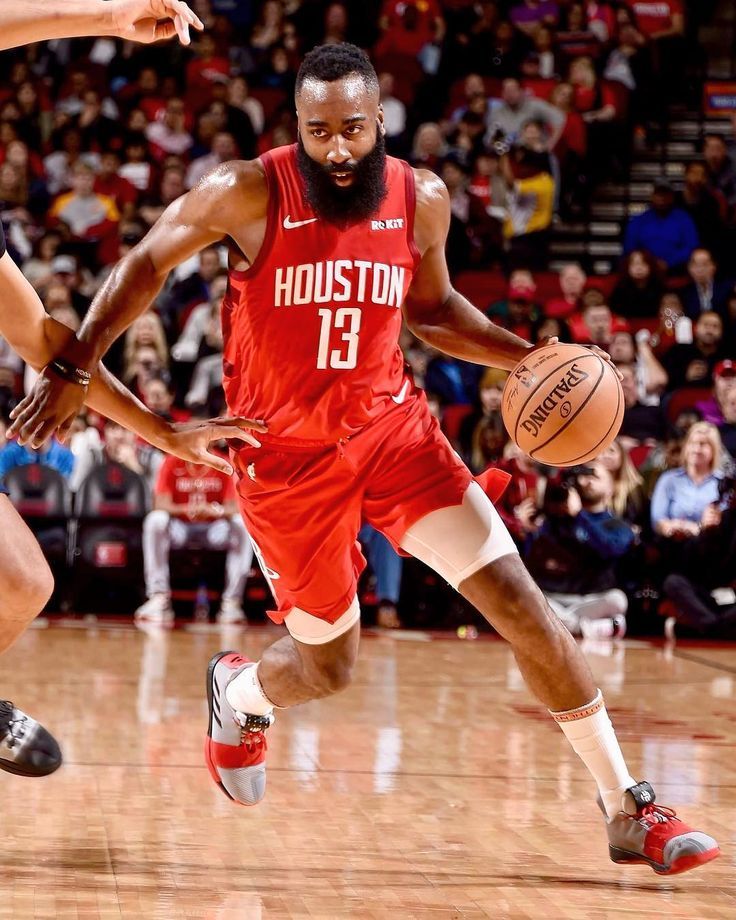 The instructors played against the students. Around 200 spectators attended to discover this new sport they had never heard of or seen before. In the story published by the Republican, the teachers were credited with “agility” but the student’s “science” is what led them to defeat the teachers 5-1.
The instructors played against the students. Around 200 spectators attended to discover this new sport they had never heard of or seen before. In the story published by the Republican, the teachers were credited with “agility” but the student’s “science” is what led them to defeat the teachers 5-1.
Within weeks the sport’s popularity grew rapidly. Students attending other schools introduced the game at their own YMCAs. The original rules were printed in a college magazine, which was mailed to YMCAs across the country. With the colleges’ well-represented international student body the sport also was introduced to many foreign nations. High schools began to introduce the new game, and by 1905, basketball was officially recognized as a permanent winter sport.
The first intercollegiate basketball game between two schools is disputed, according to the NCAA. In 1893, two school newspaper articles were published chronicling separate recordings of collegiate basketball games facing an opposing college team.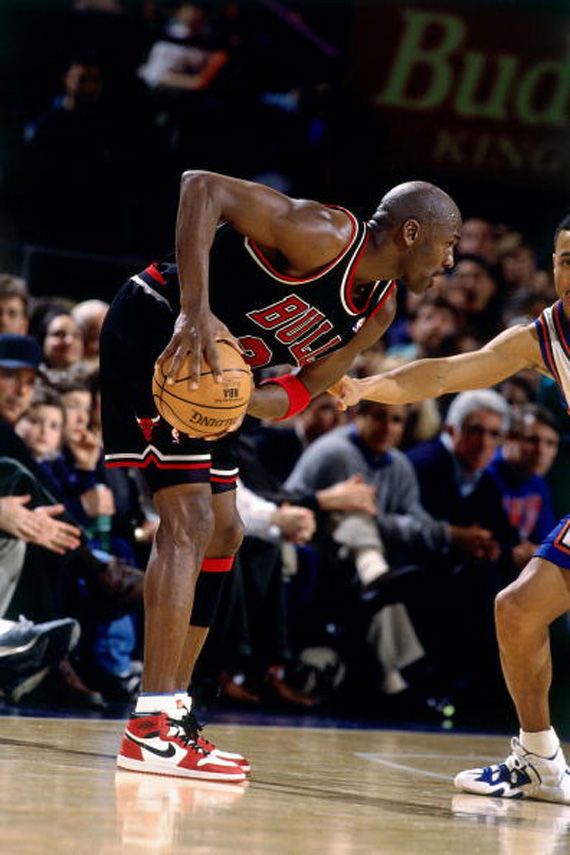
In 1892, less than a year after Naismith created the sport, Smith College gymnastics instructor Senda Berenson, introduced the game to women’s athletics. The first recorded intercollegiate game between women took place between Stanford University and University of California at Berkeley in 1896.
With the sport’s growth in popularity, it gained notice from the International Olympic Committee and was introduced at the 1904 Olympic Games in St. Louis as a demonstration event. It wasn’t until 1936 that basketball was recognized as a medal event. Women’s basketball wasn’t included as an Olympic medal event until the 1976 Montreal games. (Wheelchair basketball in Cambodia changed these women's lives.)
Jim Baechtold (10) of the New York Knickerbockers and Bob Brannum (18) of the Boston Celtics try to get a rebound in the first quarter of a March 16, 1954 NBA playoff game at the Boston Garden. Others in the picture are Celtics Chuck Cooper (11) center, and Bob Cousy (14) left. In 1950, Cooper was the first Black basketball player drafted by an NBA team.
In 1950, Cooper was the first Black basketball player drafted by an NBA team.
Please be respectful of copyright. Unauthorized use is prohibited.
As the sport continued its rapid spread, professional leagues began to form across the United States. Basketball fans cheered on their new hometown teams. The first professional league was the National Basketball League (NBL) formed in 1898, comprised of six teams in the northeast. The league only lasted about five years. After it dissolved in 1904, the league would be reintroduced 33 years later in 1937 with an entirely new support system, with Goodyear, Firestone, and General Electric corporations as the league owners, and 13 teams.
While professional sports leagues gained nationwide attention, college basketball was also a major fixture. The first NCAA tournament, which included eight teams, was held in 1939 at Northwestern University. The first collegiate basketball national champion was the University of Oregon. The team defeated Ohio State University.
Please be respectful of copyright. Unauthorized use is prohibited.
Please be respectful of copyright. Unauthorized use is prohibited.
Left: Villagers watch a basketball game at Yangping Village in Yuncheng, Shanxi Province, China on July 12, 2020.
Photograph by Shi Yunping, VCG / Getty Images
Right: Oklahoma City Thunder player Steven Adams (12) rebounds in a game against the Portland Trail Blazers at Chesapeake Energy Arena in Oklahoma City, Oklahoma, on April 21, 2019.
Photograph by Greg Nelson, Sports Illustrated / Getty Images
Like most of the United States in the early to mid 1900s, basketball was segregated. The sport wouldn’t be integrated until 1950 when Chuck Cooper was drafted by the Boston Celtics. Prior to Cooper being drafted there were groups of black teams across the country, commonly known as “the black fives”, which referred to the five starting players on a basketball team.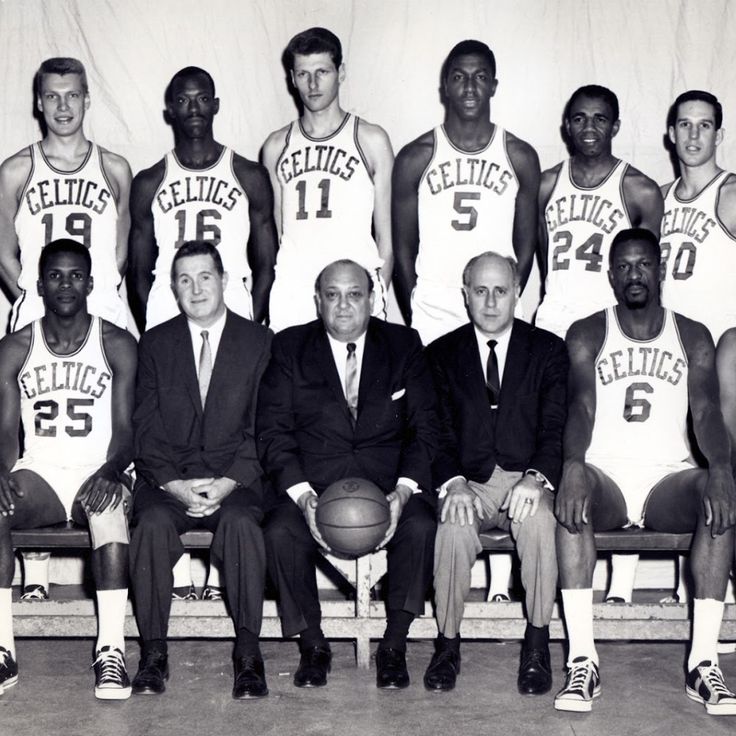 All-black teams were often referred to as colored quints or Negro cagers. The teams flourished in New York City, Washington, D.C., Pittsburgh, Philadelphia, Chicago, and in other cities with substantial African American populations. They were amateur, semi-professional, and professional.
All-black teams were often referred to as colored quints or Negro cagers. The teams flourished in New York City, Washington, D.C., Pittsburgh, Philadelphia, Chicago, and in other cities with substantial African American populations. They were amateur, semi-professional, and professional.
Of the more than 1,000 collegiate basketball teams across all divisions of the NCAA, 68 teams play in the annual March Madness tournament. The best college teams from each conference around the country compete for a place in the Sweet 16, Elite Eight, Final Four and, ultimately, the national championship. Though basketball might not be played the same way as it was when Naismith invented it—peach baskets have been replaced with nets, metal hoops and plexiglass blackboards—its evolution proves that the game has transcended a century.
Read This Next
Subscriber Exclusive Content
Why are people so dang obsessed with Mars?
How viruses shape our world
The era of greyhound racing in the U.

S. is coming to an end
See how people have imagined life on Mars through history
See how NASA’s new Mars rover will explore the red planet
Why are people so dang obsessed with Mars?
How viruses shape our world
The era of greyhound racing in the U.S. is coming to an end
See how people have imagined life on Mars through history
See how NASA’s new Mars rover will explore the red planet
Why are people so dang obsessed with Mars?
How viruses shape our world
The era of greyhound racing in the U.S. is coming to an end
See how people have imagined life on Mars through history
See how NASA’s new Mars rover will explore the red planet
See More
Where Basketball was Invented: The History of Basketball
Where Basketball Originated
It was the winter of 1891-1892. Inside a gymnasium at Springfield College (then known as the International YMCA Training School), located in Springfield, Mass. , was a group of restless college students. The young men had to be there; they were required to participate in indoor activities to burn off the energy that had been building up since their football season ended. The gymnasium class offered them activities such as marching, calisthenics, and apparatus work, but these were pale substitutes for the more exciting games of football and lacrosse they played in warmer seasons.
, was a group of restless college students. The young men had to be there; they were required to participate in indoor activities to burn off the energy that had been building up since their football season ended. The gymnasium class offered them activities such as marching, calisthenics, and apparatus work, but these were pale substitutes for the more exciting games of football and lacrosse they played in warmer seasons.
James Naismith, The Person Who Invented Basketball
The instructor of this class was James Naismith, a 31-year-old graduate student. After graduating from Presbyterian College in Montreal with a theology degree, Naismith embraced his love of athletics and headed to Springfield to study physical education—at that time, a relatively new and unknown academic discipline—under Luther Halsey Gulick, superintendent of physical education at the College and today renowned as the father of physical education and recreation in the United States.
As Naismith, a second-year graduate student who had been named to the teaching faculty, looked at his class, his mind flashed to the summer session of 1891, when Gulick introduced a new course in the psychology of play.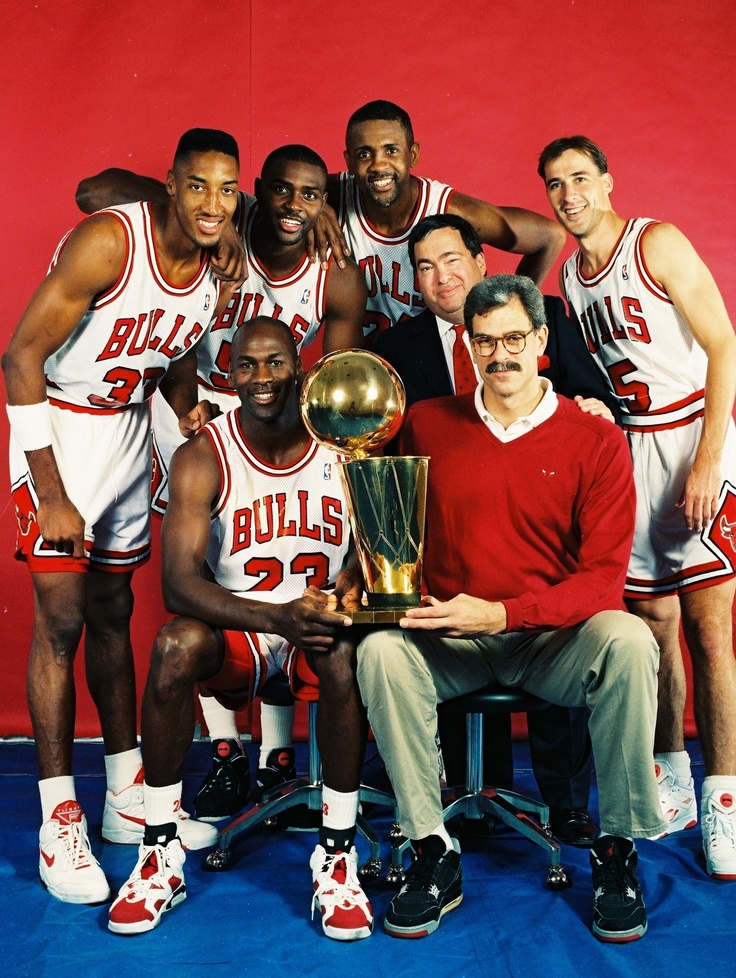 In class discussions, Gulick had stressed the need for a new indoor game, one “that would be interesting, easy to learn, and easy to play in the winter and by artificial light.” No one in the class had followed up on Gulick’s challenge to invent such a game. But now, faced with the end of the fall sports season and students dreading the mandatory and dull required gymnasium work, Naismith had a new motivation.
In class discussions, Gulick had stressed the need for a new indoor game, one “that would be interesting, easy to learn, and easy to play in the winter and by artificial light.” No one in the class had followed up on Gulick’s challenge to invent such a game. But now, faced with the end of the fall sports season and students dreading the mandatory and dull required gymnasium work, Naismith had a new motivation.
Two instructors had already tried and failed to devise activities that would interest the young men. The faculty had met to discuss what was becoming a persistent problem with the class’s unbridled energy and disinterest in required work.
During the meeting, Naismith later wrote that he had expressed his opinion that “the trouble is not with the men, but with the system that we are using.” He felt that the kind of work needed to motivate and inspire the young men he faced “should be of a recreative nature, something that would appeal to their play instincts.”
Before the end of the faculty meeting, Gulick placed the problem squarely in Naismith’s lap.
“Naismith,” he said. “I want you to take that class and see what you can do with it.”
So Naismith went to work. His charge was to create a game that was easy to assimilate, yet complex enough to be interesting. It had to be playable indoors or on any kind of ground, and by a large number of players all at once. It should provide plenty of exercise, yet without the roughness of football, soccer, or rugby since those would threaten bruises and broken bones if played in a confined space.
Much time and thought went into this new creation. It became an adaptation of many games of its time, including American rugby (passing), English rugby (the jump ball), lacrosse (use of a goal), soccer (the shape and size of the ball), and something called duck on a rock, a game Naismith had played with his childhood friends in Bennie’s Corners, Ontario. Duck on a rock used a ball and a goal that could not be rushed. The goal could not be slammed through, thus necessitating “a goal with a horizontal opening high enough so that the ball would have to be tossed into it, rather than being thrown. ”
”
Naismith approached the school janitor, hoping he could find two, 18-inch square boxes to use as goals. The janitor came back with two peach baskets instead. Naismith then nailed them to the lower rail of the gymnasium balcony, one at each end. The height of that lower balcony rail happened to be ten feet. A man was stationed at each end of the balcony to pick the ball from the basket and put it back into play. It wasn’t until a few years later that the bottoms of those peach baskets were cut to let the ball fall loose.
Naismith then drew up the 13 original rules, which described, among other facets, the method of moving the ball and what constituted a foul. A referee was appointed. The game would be divided into two, 15-minute halves with a five-minute resting period in between. Naismith’s secretary typed up the rules and tacked them on the bulletin board. A short time later, the gym class met, and the teams were chosen with three centers, three forwards, and three guards per side.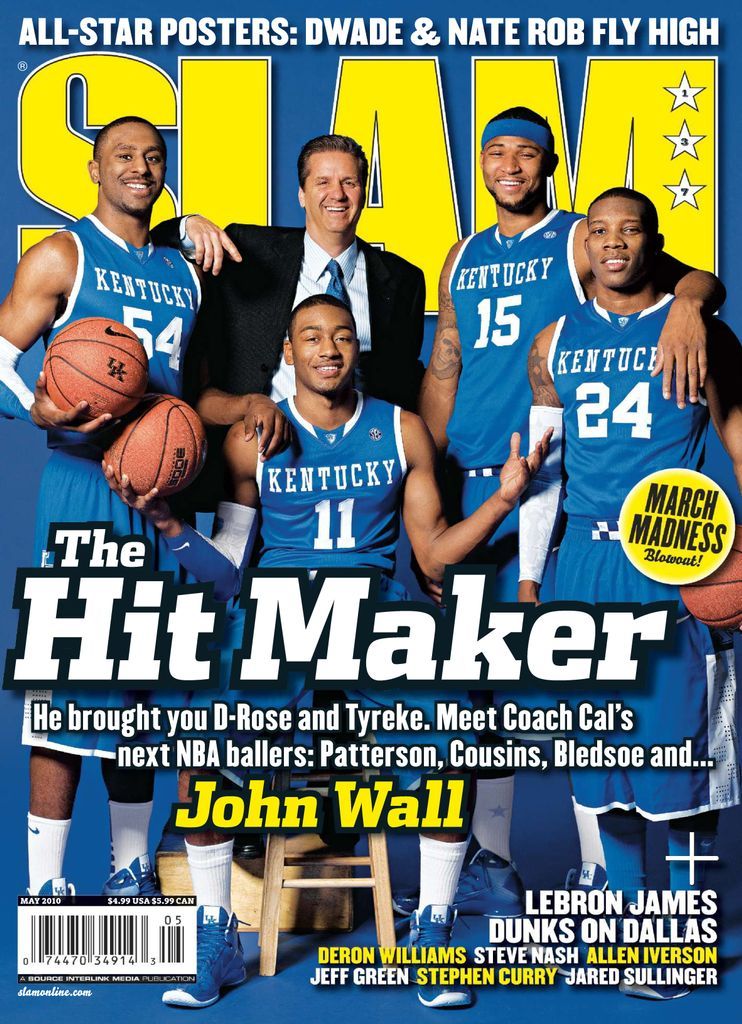 Two of the centers met at mid-court, Naismith tossed the ball, and the game of “basket ball” was born.
Two of the centers met at mid-court, Naismith tossed the ball, and the game of “basket ball” was born.
how the game
originated and developed
Home / All sports / The history of basketball: how the game
originated and developed
06/19/2019 All sports Leave a comment 18,520 Views
Share with friends
The history of basketball originates in the United States of America. Before you learn about the origins of this ball sport, it's worth saying that today basketball is one of the most popular and beloved sports on the planet. More than 200 countries are members of FIBA, and the NBA is considered the best, most famous and richest league in the world.
Basketball is a contact and high-intensity sport played by 5 people from each side. The whole match is divided into 4 equal quarters, and the team that scores more points becomes the winner. On another page of our site, the rules of basketball are described in brief, we recommend that you familiarize yourself with them.
The history of the emergence and development of basketball
Basketball was invented by Canadian physical education teacher James Naismith in 1891 who worked at the Springfield International Training School USA . The principal of the school gave Naismith the task of inventing a game that the students could play indoors during the cold season. The game was supposed to be less contact and traumatic, not the same as American football.
Naismith remembered the game that he played with the guys in his childhood "duck on the rock" and, based on it, he invented a new sport, which he gave the name "basketball".
Since there were 18 students in James' class, he divided them into two teams of 9human. At the two ends of the gymnasium, at a height of 10 feet (3,048 m), fruit baskets were nailed to serve as rings. In the original version of basketball, there were 13 rules, as now the first rally of the ball began from the center of the field, the referee tossed the ball, and one basketball player from each side fought for it. The ball for the game was a soccer ball. The victory in the match went to the team that threw the ball into the basket more times.
The ball for the game was a soccer ball. The victory in the match went to the team that threw the ball into the basket more times.
The first ever basketball game took place on December 21 1891 year - this date is considered the official date of the birth of basketball. Students of the Springfield School of James Naismith's class took part in the game. It was a 9-on-9 confrontation that ended with an incredible 1-0 score for today's realities. That's right, only 1 ball was thrown in the game.
The spread of basketball throughout the United States and around the world
A new sport began to gain popularity at an incredible pace. Initially, the students of the school went on vacation and told their peers about the new game, which appealed to both boys and girls.
After high school, Naismith's students became teachers and coaches, spreading the game throughout the states. Teams sprang up in high schools and colleges, and changes in the rules made basketball even more interesting and fun. In particular, dribbling was allowed, and shields were added, which in turn made matches more productive. Fruit baskets were replaced with iron rings with a net, which allowed the ball to quickly fly back without slowing down the game.
In particular, dribbling was allowed, and shields were added, which in turn made matches more productive. Fruit baskets were replaced with iron rings with a net, which allowed the ball to quickly fly back without slowing down the game.
By 1898, many professional and collegiate basketball leagues had formed. Already by 1900, most major colleges had their own basketball team. Six clubs took part in the first basketball league, but it did not last long and was disbanded in 1904.
Ten years after the creation of basketball, US colleges began sponsoring college league games. At the forefront were teams from Minnesota, Chicago, Utah and Dartmouth. In the early years of student competition, teams played only 10 matches per season, and those who were lucky enough to play 15 or 16 games.
Thanks to the American army, basketball was introduced to other continents. First, the ball game spread to the eastern countries (Japan, China, India, Philippines), and then reached Europe.
Formation of FIFA and the inclusion of basketball in the program of the Olympic Games
Olympics.
Basketball could not break through to the Olympic Games for a long time. It was shown three times by teams from different US cities at the Olympic Games, but they refused to include it in the official program. It wasn't until 1936 that basketball became an Olympic sport. James Naismith managed to wait for this historic moment, his game is now presented at the most prestigious sports competitions on the planet. Unsurprisingly, the United States became the first Olympic basketball winner, defeating Canada in the final by a modest score of 19.:eight.
Creation of the NBA
The history of basketball would be incomplete if it were not for information about the richest and most popular league on the planet. We are talking about the NBA (National Basketball Association), which was formed in New York in 1946 after the merger of the Basketball Association of America and the National Basketball League.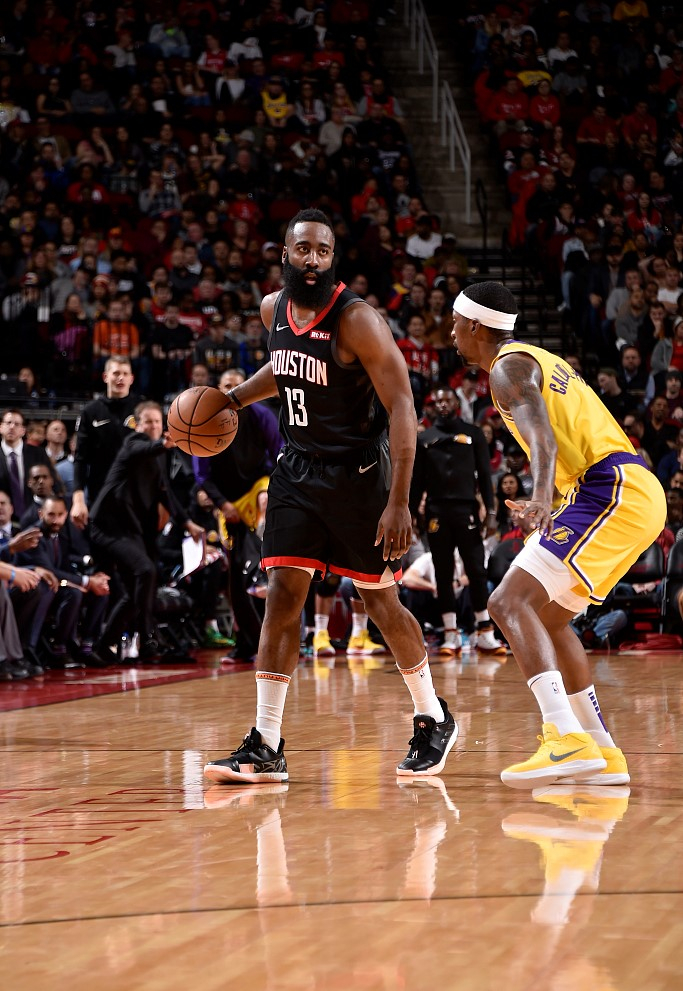
Compared to other leagues, the NBA quickly became popular, of course, history influenced this, because it was in the USA that basketball was formed and this game has been loved here for a very long time. The NBA features the best teams from the states and Canada, which in turn boast many of the world's top stars.
Many legends have played in the history of the National Basketball Association. Here are the most famous basketball players: Michael Jordan, Kobe Bryant, Madik Johnson, Shaquille O'Neal.
2019-06-19
Check also
Share with friendsThe rematch of Usyk vs Joshua will take place on August 20, 2022. The arena for the grand ...
Basketball history | Children's sports
The first mention of a game similar to basketball is found in the writings of the Aztecs and Mayans. These letters tell about a game with a rubber ball, which had to be thrown into a stone basket. This is how the history of basketball began. We can say with confidence that the game is an invention of the inhabitants of the American continents.
We can say with confidence that the game is an invention of the inhabitants of the American continents.
Brief history of basketball
The Aztecs had the following features of the game:-11 meters;
the weight of the ball reached 4 kilograms; the number of players simultaneously running around the field varied from three to six; the winner was the one who first reaches the result, i.e. throw the ball into the ring. Thus, the game was not a team game. The history of basketball is summarized, usually without millennium-long details. Therefore, its appearance is attributed to an American who lived in the nineteenth century.
James Naismith, a teacher from the USA, is considered the author of modern basketball. The history of the emergence of basketball, no matter who tells it, always mentions the name of this teacher, who sought to diversify physical education lessons with unusual exercises. By the way, in his lessons the children used a special sports uniform.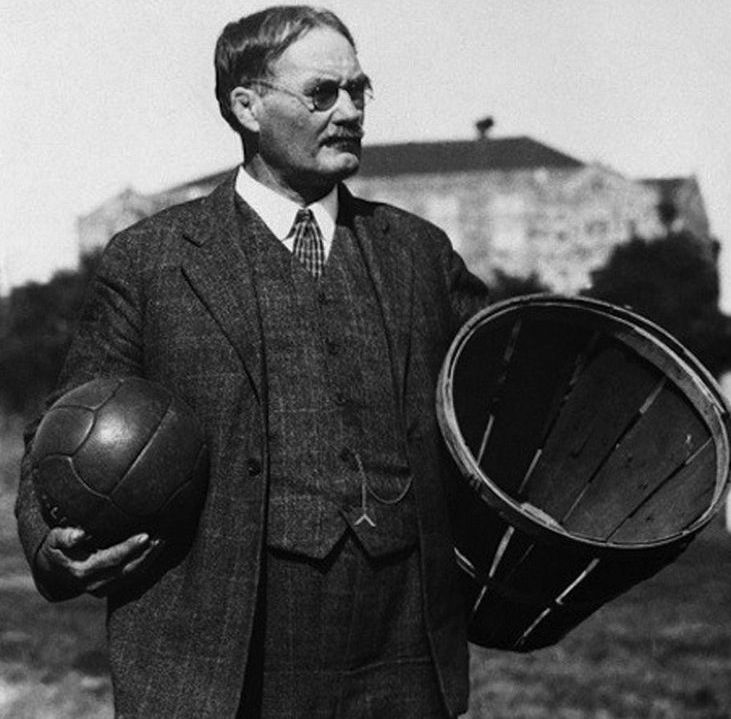 In our store, basketball Thomas can be bought in a special section.
In our store, basketball Thomas can be bought in a special section.
It is quite clear that recent history has forever fixed the United States as the birthplace of basketball, and has adopted 189 as the year of the birth of the game.1. It was in this year that young James Naismith attached fruit baskets to the railing of the balcony, into which balls were thrown.
History and rules of basketball
A year later, the teacher came up with and wrote down the first rules of this ball game. They consisted of the following items:
- The ball could be thrown with one or both hands in any direction.
- It was forbidden to hit the ball with the fist.
- The player was not allowed to run after the ball. He had to pass or make a throw from the place where the ball was caught.
- Prohibition of holding the ball with any part of the body other than the hands.
- Prohibition of hitting and grabbing other players. The first violation entailed a warning, the second removal from the field.
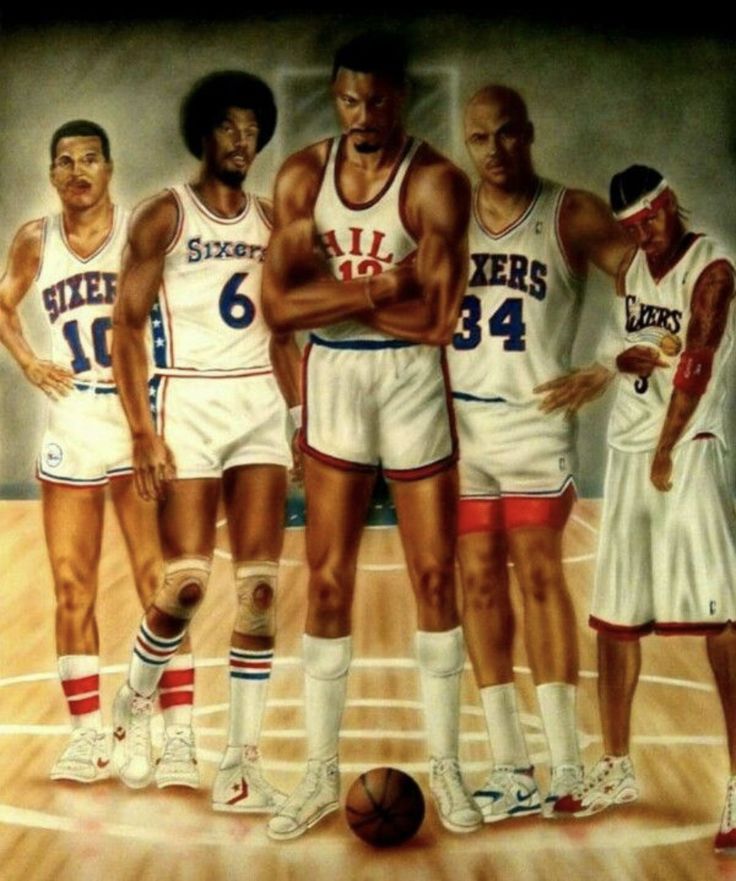
- Three violations in a row resulted in a point for the opponent.
- Prohibition on touching the ball and the basket at the moment of the throw.
- Holding the ball out of the field for more than five seconds results in a foul.
- The history and rules of basketball also include a referee. He monitors the players and has the authority to remove players.
- The referee has the authority to follow the ball within the bounds of the field, as well as the players from whom the ball has gone out of bounds.
- Five minutes break between two fifteen-minute halves.
- The side that scored the most goals was considered the winning side.
The history and rules of basketball in this presentation helped turn an ordinary physical exercise to develop jumping ability, accuracy and arm strength into a real gambling game:
- Mesh rings have been installed since 1893.
- In 1894, the official rules of the game were published.
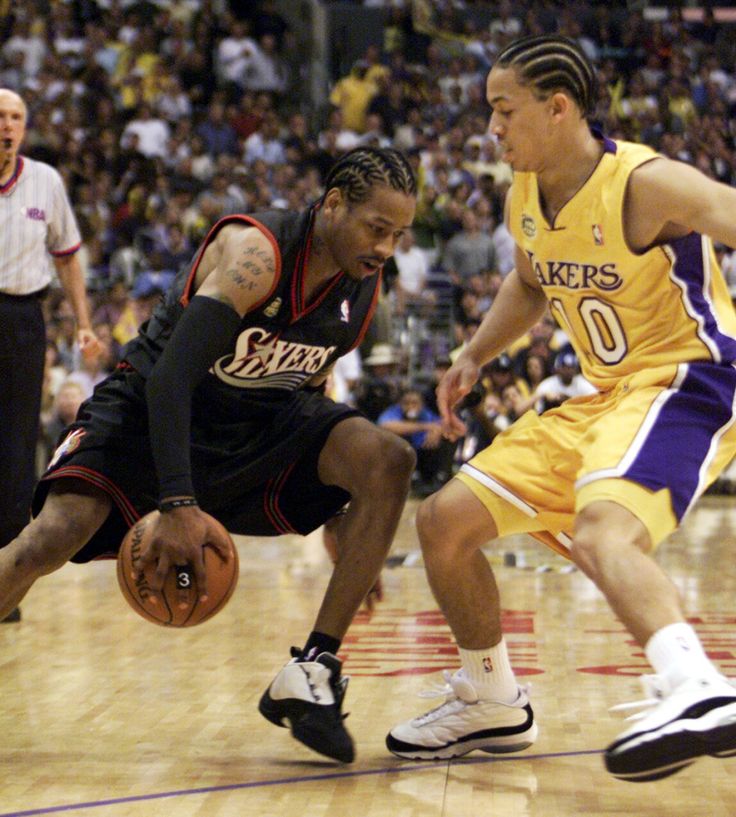
- 1895 was the year of the introduction of free throws.
- Finally, in 1986 it was allowed to dribble in all directions.
From now on, active competition between manufacturers of sports equipment for the best ball begins. That is why in our online store you can choose a ball for every taste and not miscalculate.
The history of basketball does not end there. Then, at the end of the 19th century, it was just beginning.
History of the game of basketball
Basketball was originally distributed in the USA and Canada. It has become the number one sport in all educational institutions of these countries.
The first basketball league was created in 1889 and lasted until 1904. Then it continued its existence in independent leagues. The history of the game of basketball shows that the popularity of this team sport captured the East, and a little later - the countries of South America and Europe.
The history of basketball is due to the gentlemen who used to get together in clubs.